50 x 40 visible
76 x 66 with frame (Restoration period) very carefully framed.
Eugénie Raffeneau Delile (Versailles, 1775 – Paris?, around 1810) Eugénie Raffeneau de Lille was born around 1775 in Versailles, into a cultured bourgeois family. She was the daughter of Jean-Baptiste-Élie Raffeneau Delile (1726–1815), a lawyer, and Marie-Catherine Bar (1746–1814). Her younger brother, Alire Raffeneau Delile, would become a renowned doctor and botanist. Raised in a well-to-do and literate environment, Eugénie showed a real talent for drawing from a young age. Although her name does not appear in the registers of the Académie royale de peinture, the academic quality of her works — studies from live models, copies after Boucher or Jean-Baptiste-Marie Pierre — suggests that she received artistic training in a private Parisian studio, probably around 1788–1792, at the heart of the pre-revolutionary artistic effervescence. At this time, she produced a series of drawings (between 1789 and 1791), in black chalk, red chalk and wash, mixing studies of heads, mythological figures, and allegories inspired by Rococo art. Among her identified works are Two Angels in the Sky, Head of an Old Man, and a Venus on a Dolphin after Boucher. On 20 Floréal Year IV (May 9, 1796), she married Jean-Baptiste Louis Pinsot, a lawyer, in Paris. Widowed in 1807, she remarried shortly after to another lawyer, Nicolas Antoine Macips, in 1808. Eugénie Raffeneau Delile died prematurely, probably in Paris, around 1810. She left behind a sensitive and masterful graphic work, recently rediscovered on the art market, which bears witness to a neo-classical art of drawing, at the crossroads of the late 18th century and the beginnings of the 19th.







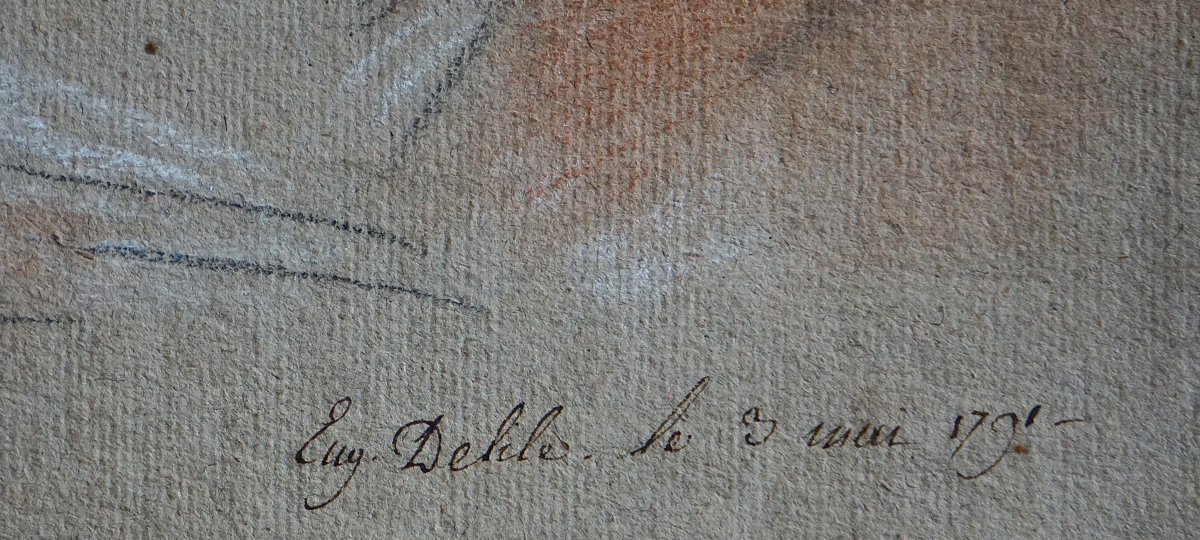



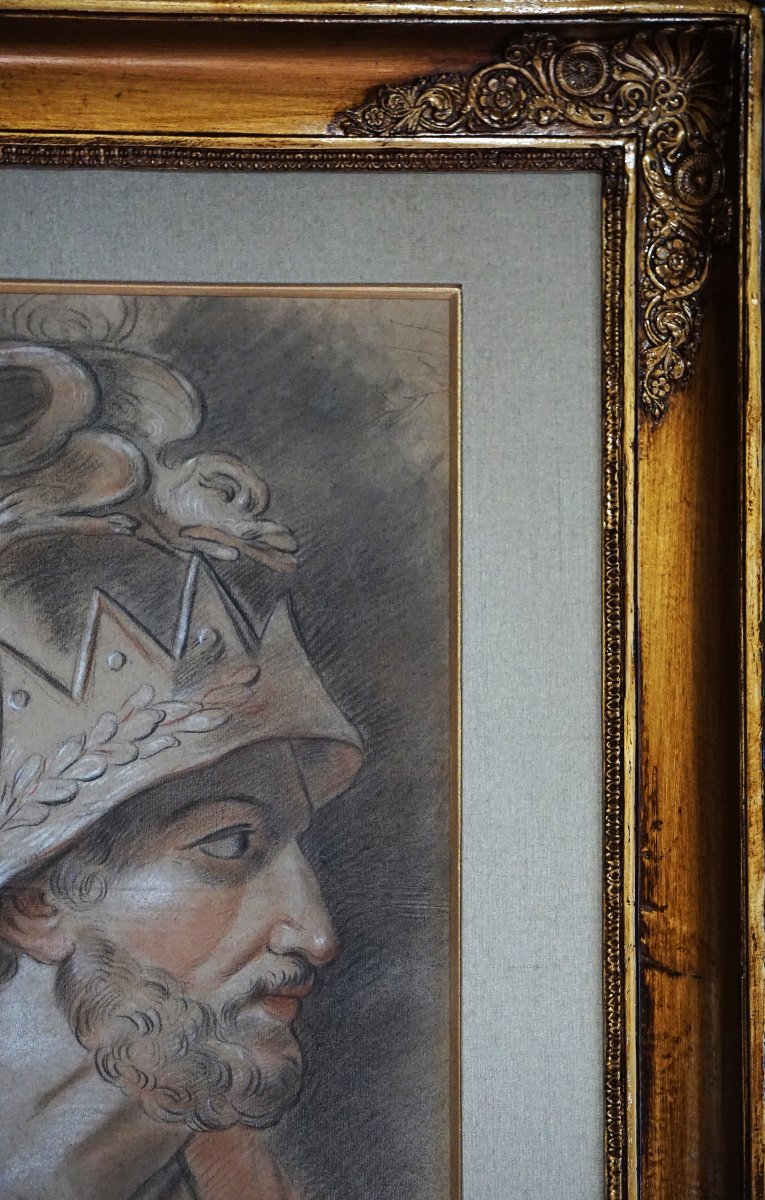

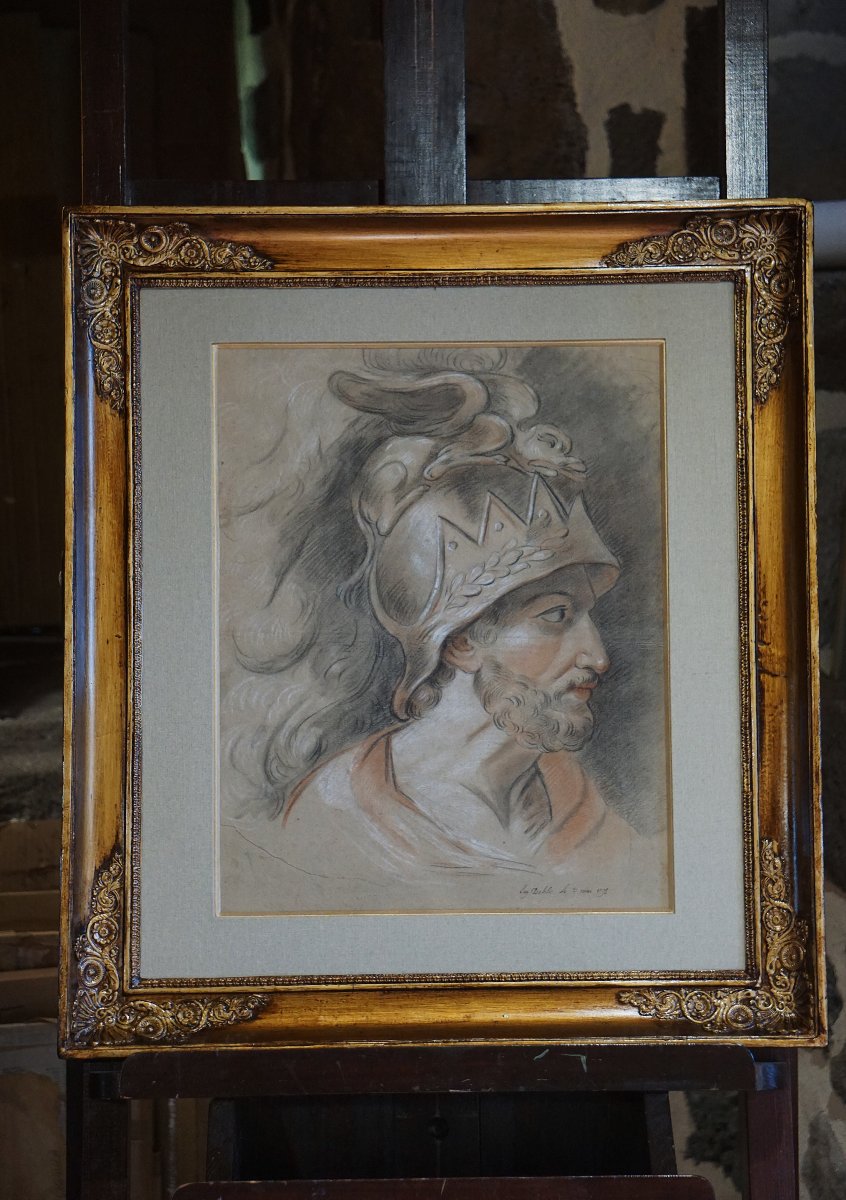
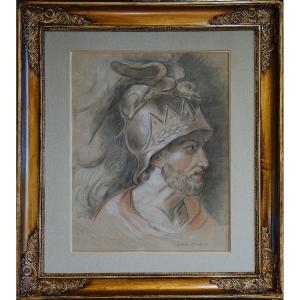













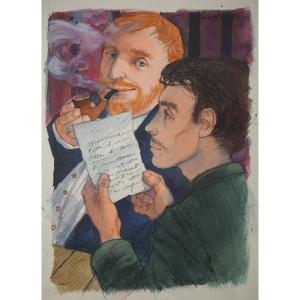

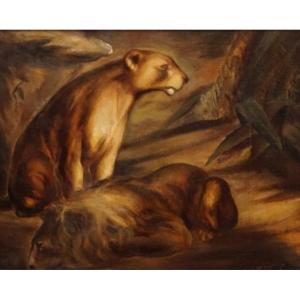

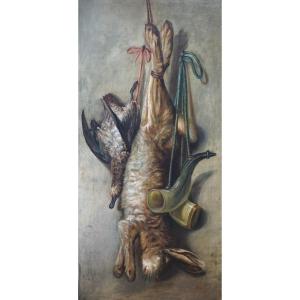


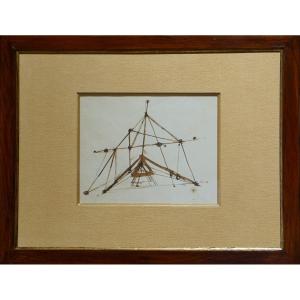





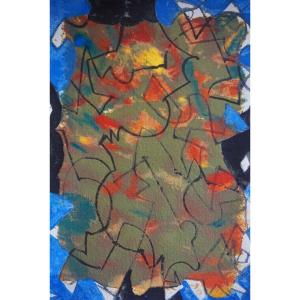
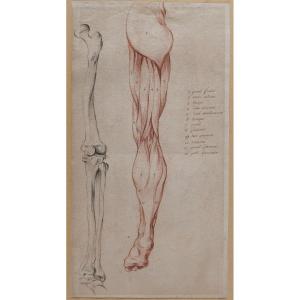

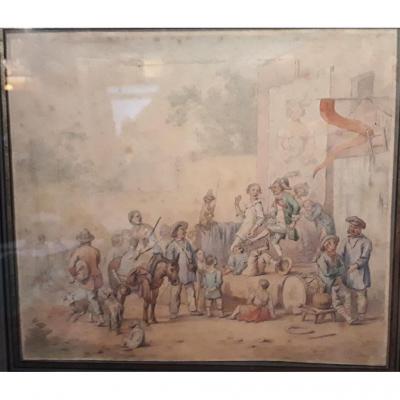
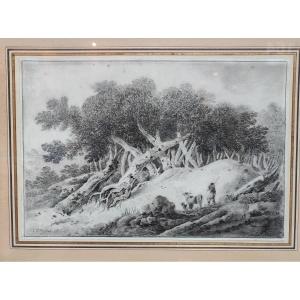
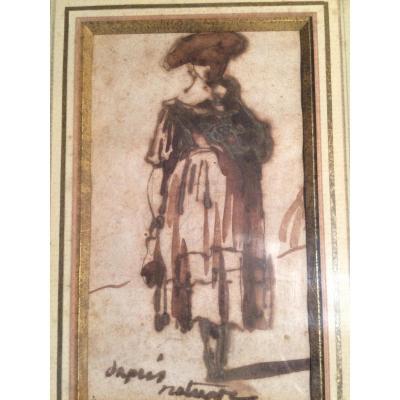



 Le Magazine de PROANTIC
Le Magazine de PROANTIC TRÉSORS Magazine
TRÉSORS Magazine Rivista Artiquariato
Rivista Artiquariato